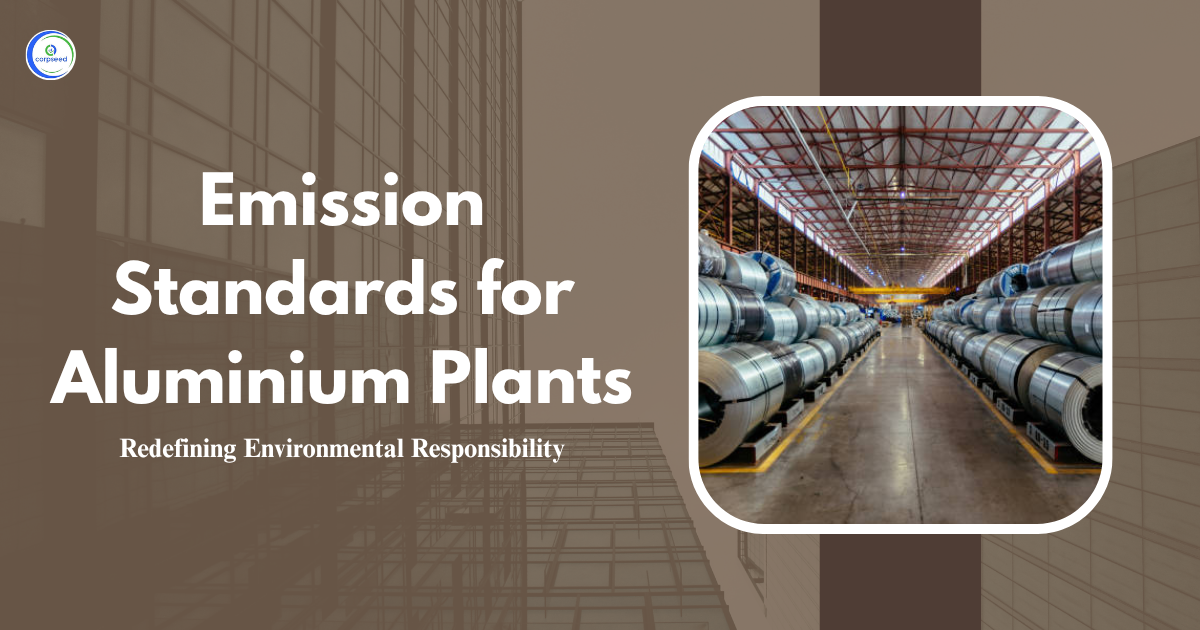The ceramic industry emission is an important concern in the context of environmental pollution. Since ceramic manufacturing includes high temperatures and different raw materials, it leads to the emission of harmful pollutants into the environment. These pollutants, comprising particulate matter and gaseous emissions, can pose serious risks to both human health and the surrounding ecosystem. Because of this, regulatory bodies like the Central Pollution Control Board (CPCB) and State Pollution Control Boards (SPCBs) have strict environmental standards for pollutant emissions.
Table of Contents
- Understanding Environmental Pollutants in the Ceramic Industry
- Ceramic Industry Environmental Pollutants
- Impact of Environmental Pollutants from the Ceramic Industry
- Key Pollutants of the Ceramic Industry
- Importance of Emission Standards in the Ceramic Industry
- Effluent Standards in the Ceramic Industry
- Monitoring and Reporting
- Conclusion
Understanding Environmental Pollutants in the Ceramic Industry
Environmental pollutants in the ceramic industry mainly generates from the manufacturing process, which includes the extraction of raw materials at high temperatures, the handling of ceramic glazes, and the use of several chemicals. These pollutants can be categorized into air emissions, liquid emissions and solid waste, each playing a significant role in environmental degradation. The CPCB and SPCB have framed stringent rules to control the ongoing pollution levels, aiming to control air and water pollution, reduce waste generation and safeguard public health. As industries adopt more sustainable practices, it becomes a necessity to adhere to these emission standards to align with national and global environmental goals.
Ceramic Industry Environmental Pollutants
In the process of ceramic manufacturing, many pollutants are emitted into the environment. Regulation of these pollutants is crucial to ensure the sustainability of the ceramic industry and reduce environmental risks. The most notable ones include:
- Airborne Pollutants: These include particulate matter, volatile organic compounds (VOCs), and nitrogen oxides (NOx), which are primarily released during the firing process of ceramics.
- Wastewater Discharge: The industry also produces significant amounts of wastewater containing heavy metals and toxic chemicals from processes like glazing and cleaning.
- Solid Waste: Ceramic production produces large volumes of solid waste, including defective pieces, kiln dust, and by-products of raw materials.
- Chemical Emissions: Some glazes and chemicals used in ceramics may consist lead, cadmium, and other injurious substances that can leach into the environment.
Impact of Environmental Pollutants from the Ceramic Industry
The impact of environmental pollutants from the ceramic industry is far-reaching, affecting air, water, and soil quality. The emission of pollutants can lead to:
- Air Pollution: The emission of particulate matter and harmful gases like sulfur dioxide and carbon monoxide can contribute to smog formation and respiratory illnesses in surrounding communities.
- Water Contamination: Wastewater discharge, if not treated appropriately, can pollute rivers and lakes, affecting water bodies and drinking water quality.
- Soil Degradation: Toxic chemicals like lead and cadmium can released into the soil, making it inappropriate for agriculture and may cause long-term environmental damage.
- Climate Change: High levels of carbon emissions from fuel combustion during ceramic firing contribute to global warming and climate change.
- Biodiversity Loss: The environmental damage caused by ceramic industry pollution, such as land degradation and water contamination, impends local biodiversity and ecosystems.
--------------Blog Contact Form-------------
Key Pollutants of the Ceramic Industry
The key pollutants emitted by the ceramic industry include:
- Particulate Matter (PM): This includes fine particles that are emitted during the firing and grinding processes and can cause respiratory issues.
- Sulfur Dioxide (SO2): Emitted from the burning of fuels such as coal in kilns, sulfur dioxide lead to air pollution and acid rain.
- Volatile Organic Compounds (VOCs): Used in glazes and other products, VOCs can be harmful to both human health and the environment, contributing to ground-level ozone formation.
- Nitrogen Oxides (NOx): These are emitted from the combustion of fuels and can contribute to the formation of smog and acid rain.
- Heavy Metals: Certain glazes used in ceramic production may comprise toxic metals like lead and cadmium, which can pollute both air and water.
Importance of Emission Standards in the Ceramic Industry
The implementation of emission standards is crucial to ensure that the ceramic industry functions in an environmentally responsible manner. These standards help reduce environmental impact and encourage sustainable practices in the sector. Some of the important reasons include:
- Environmental Protection: Emission standards help control levels of harmful pollutants, certifying that industries do not contribute more than necessary to environmental degradation.
- Health Benefits: By controlling air and water pollution, emission standards mitigate the risk of respiratory diseases and other health problems related with exposure to toxic pollutants.
- Legal Compliance: Complying with emission standards set by CPCB and SPCB ensures that ceramic manufacturers follow to national environmental laws and avoid legal penalties.
- Sustainable Development: Emission regulations push the industry toward more sustainable production methods, which promote the development of environmentally friendly technologies and materials.
- Public Image and Market Demand: Companies that fulfill or exceed emissions standards can enhance their reputation, which attracts environmentally conscious consumers and investors.
Effluent Standards in the Ceramic Industry
Effluent standards are important to control wastewater discharge from ceramic industries. The CPCB has established clear guidelines regarding the treatment and location of wastewater, ensuring that harmful chemicals, heavy metals, and suspended solids are efficiently removed before being released into the environment. These standards are designed to protect water reservoirs from contamination and protect public health. Ceramic manufacturers must invest in advanced treatment technologies to fulfill these standards, ensuring that their emissions do not surpass the allowable limits for contaminants.
| Sr. No. | Industry | Parameter | Standards |
| 61. | CERAMIC INDUSTRY | ||
| A. Kilns (a) Tunnel, Top Hat, Chamber |
Particulate Matter Fluoride Chloride Sulphur dioxide |
150 10 100 ** |
|
| (b) Down-draft | Particulate Matter Fluoride Chloride Sulphur dioxide |
1200 10 100 ** |
|
| (c) Shuttle | Particulate Matter Fluoride Chloride Sulphur dioxide |
150 10 100 ** |
|
| (d) Vertical Shaft Kiln | Particulate Matter Fluoride Chloride Sulphur dioxide |
250 10 ** |
|
| B. Raw material handling, Processing and operations | |||
| (a) Dry raw materials handling and processing operations | Particulate Matter | 150 | |
| (b) Basic raw material and processing operations | Particulate Matter | * | |
| (c) Other sources of air pollution Generation | Particulate Matter | * | |
| C. Automatic Spray Unit | |||
| (a)Dryers (i)Fuel fired dryers (ii)For heat recovery dryer |
Particulate Matter |
150 * |
|
| (b)Mechanical finishing operation | Particulate Matter | * | |
| (c) Lime/Plasters of Paris manufacture Capacity: Up to 5T/day | Particulate Matter | A. Hood should be provided with a stack of 30 meter height from ground level (including Kiln height) | |
| Above 5T/day | -do- | H=14(Q)0.3 Where Q is emission rate of SO2 in kg/hr and H=Stack in meters | |
| More than 5T/day | Particulate Matter | 500 mg/NM3 | |
| and up to 40 T/day | Particulate Matter | 150 mg/NM3 |
Note:
Oxygen reference level for particulate matter concentration calculations for kilns mentioned at A(c) is 18% and for those at A(b), A(d) and A(c) is 8%.
* All possible preventive measures should be taken to control pollution as far as practicable.
Also Read: What are the SO2 and NOx Standards for Ceramic Industry
Monitoring and Reporting
Monitoring and reporting are necessary components of pollution control in the ceramic industry. Regular monitoring confirms that emissions and discharges from manufacturing units remain within legal limits. Companies are required to keep accurate records of their pollution levels and submit reports to SPCBs or CPCB for review. This process helps ensure transparency and holds industrialists responsible for their environmental impact. Additionally, continuous monitoring can guide businesses in implementing new technologies or enhancing existing systems to further reduce emissions and discharges.
Conclusion
The ceramic industry is an important sector, but its environmental impact can be major if emissions and discharges are not properly controlled. To reduce pollution levels and protect the environment, compliance with CPCB and emission standards and regulations by SPCBs is vital. By adopting eco-friendly practices, ceramic manufacturers can contribute to a cleaner, healthier world while maintaining sustainable development. With a commitment to controlling pollution and environmental compliance, the ceramic industry can lead in responsible manufacturing practices.
This portion of the site is for informational purposes only. The content is not legal advice. The statements and opinions are the expression of author, not corpseed, and have not been evaluated by corpseed for accuracy, completeness, or changes in the law.
BOOK A FREE CONSULTATION
Get help from an experienced legal adviser. Schedule your consultation at a time that works for you and it's absolutely FREE.
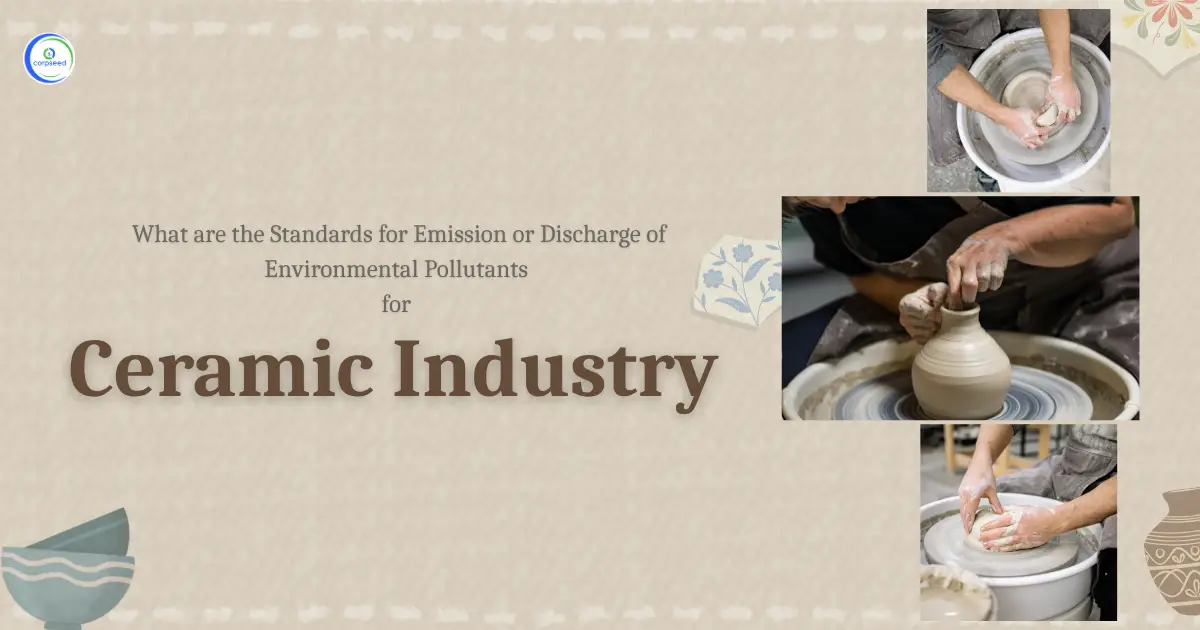


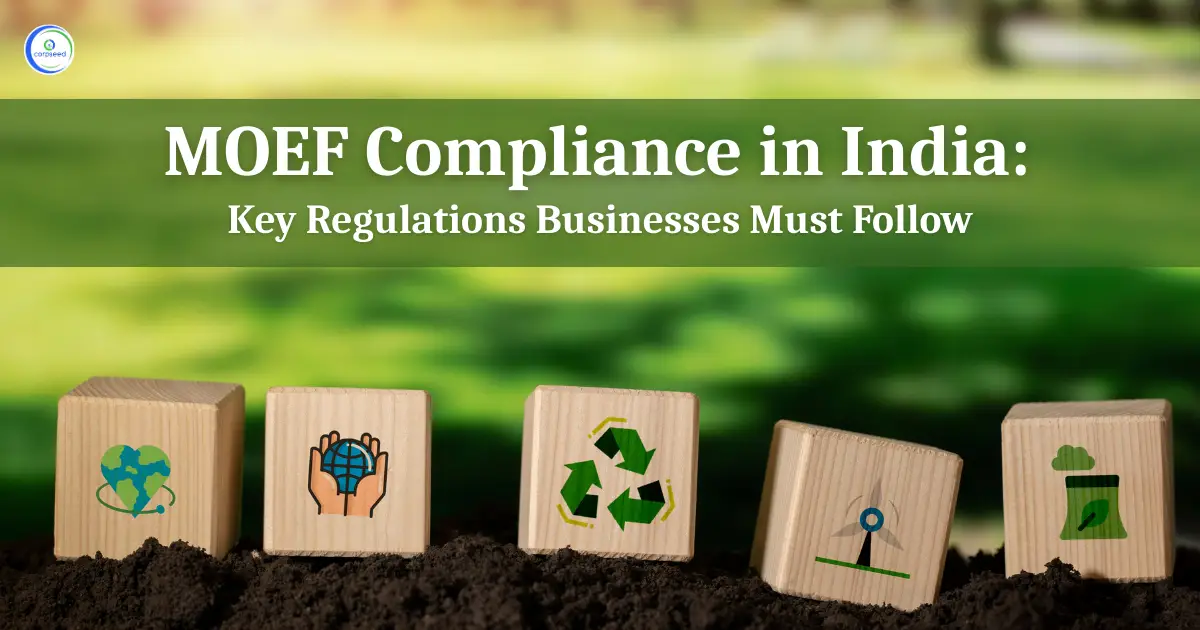
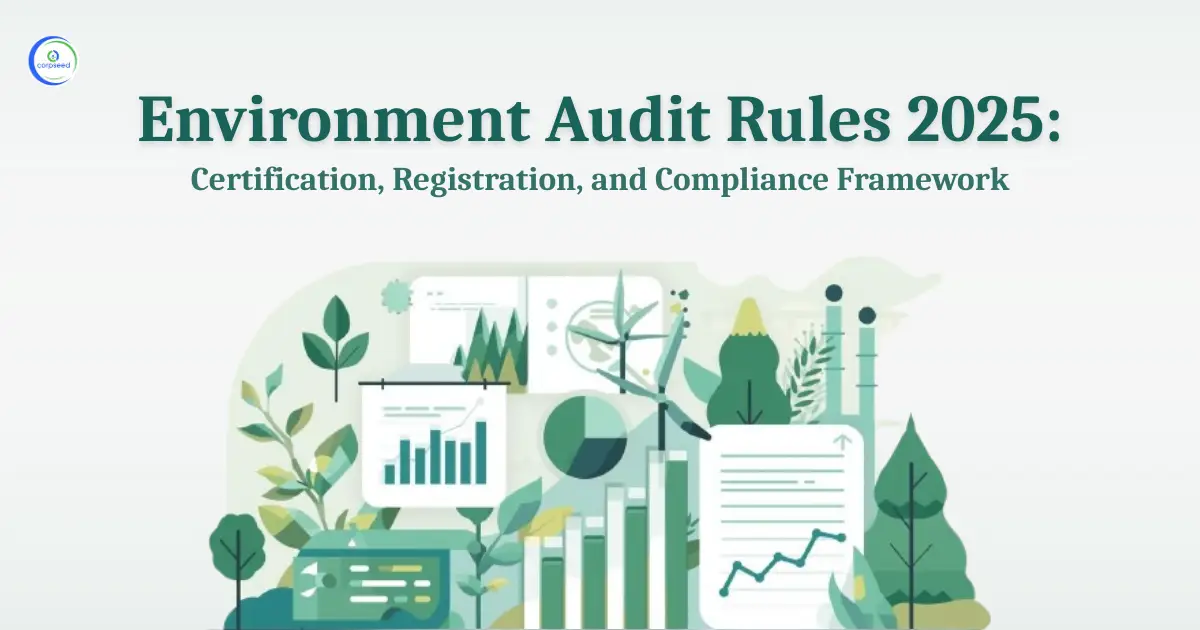
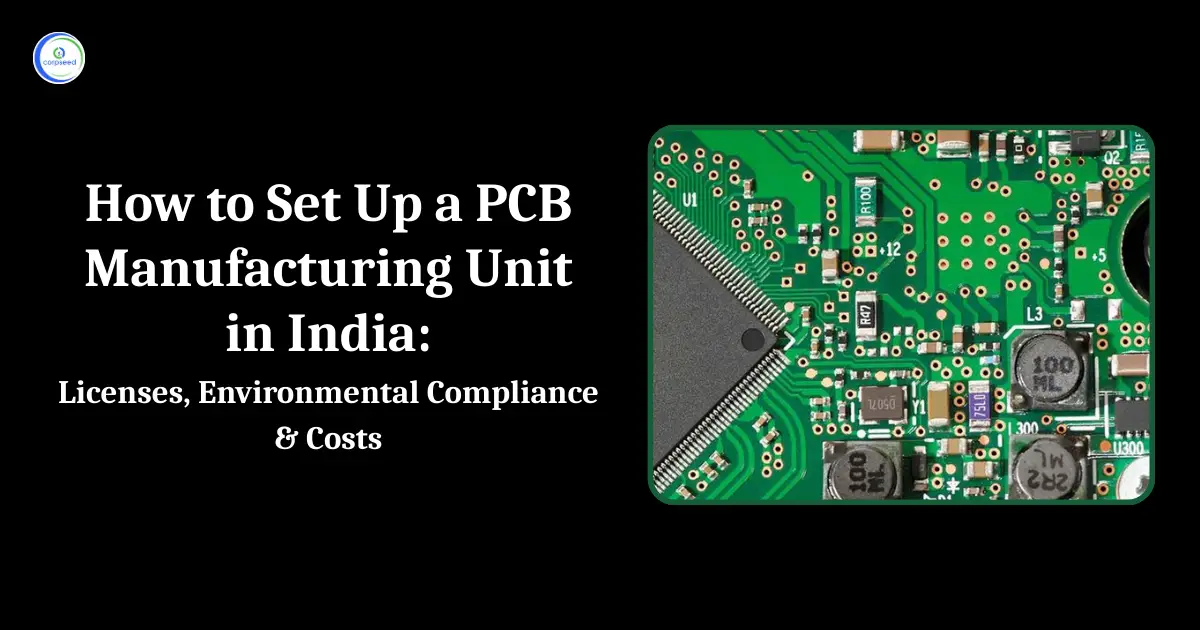
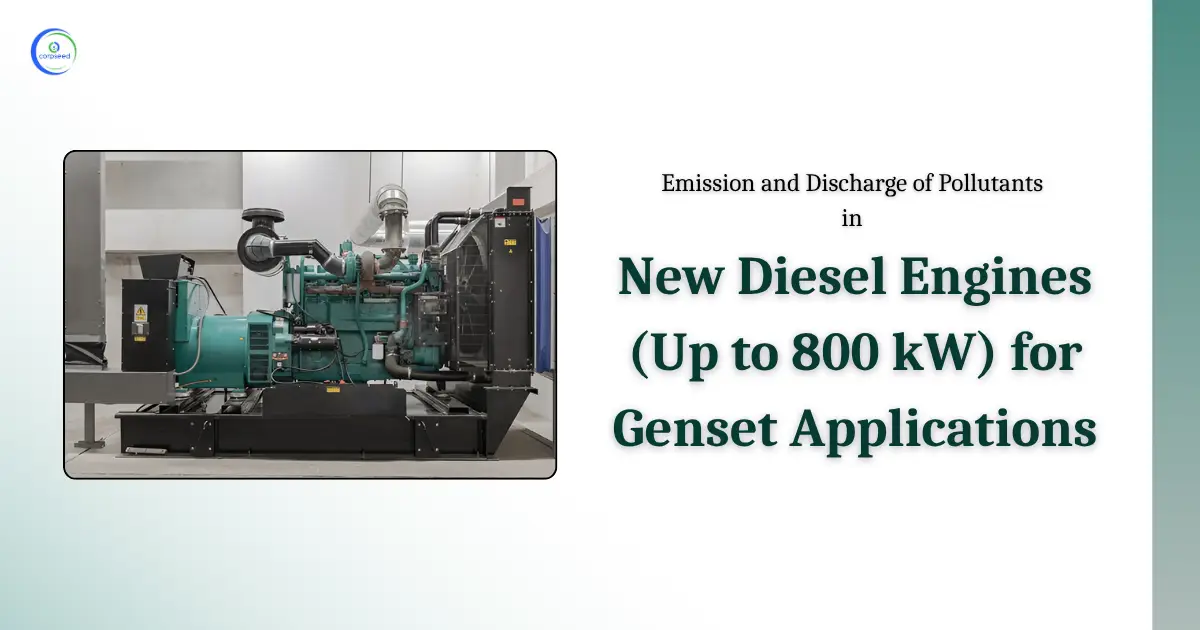
_Corpseed.webp)
.webp)
